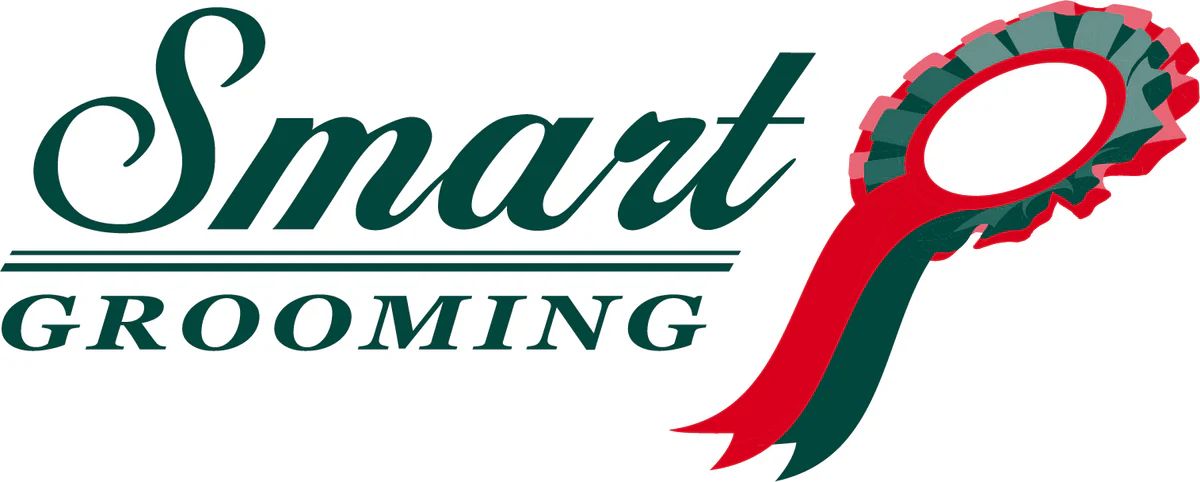- Join Us
- Login
- EEA ToolKit
- Employment Essentials
- Frequently asked
- Contracts and wages
- Time off work & absence
- Staff management & training
- Workplace disputes
- Dismissals and resignations
- Pregnancy and children
- Avoiding discrimination
- Redundancy and Retirement
- Other responsibilities
- Legal Helpline
- Recruitment
- Good Recruitment
- New starters
- Find a groom
- Good Employment
- Resources
- Downloads Library
- EEA Pension & Payroll
- Safe workplace
- Employers Minds
- Transporting horses
- Riding Establishment Licences
- Member discounts
- Business Hub
- Equestrian businesses
- The business plan
- Business compliance
- My clients
- Livery Contract Creator
- Financial matters
- Business challenges
- Marketing
- The EEA
- Employers Life
- Contact

Employer's Life
Are freelance grooms truly self employed, or are they infact employees? Leading Barrister Victoria von Wachter from 5 Essex Court looks at a recent ruling. Whilst the case centred on whether the drivers were self-employed or ‘workers’ the same approach has been commonplace when the Employment Tribunal considers whether or not a person is self-employed or an employee. The reality of the arrangement is what is considered rather than looking purely at what has been written or put into agreements. So stating that a groom is self-employed, freelance, a partner in an LLP and all the other wrinkles that equestrian employers seem to think will avoid them having to have proper employees will not work if the reality is that the groom works as an employee – told what to do, when to do it and how to do it and provided with the tools to do it. Employers remember – if that ‘freelance’ or ‘self-employed’ groom is held to be any employee then you are responsible not only for back employer’s statutory contributions but those that relate to the groom. The question therefore has to be – do you feel lucky?" The simple answer is to refuse but there might be some wriggle room if the applicant is determined and can show evidence of a trading history as a sole operator or limited company. Then I suggest writing and confirming that employee status has been offered and is preferred, but that the groom has insisted on self-employed status. Get the groom to sign to indicate agreement. This looks far more like a conventional self-employed situation but it is even better if the groom brings their own tools and can be shown to have refused work every now and then, likewise it is a good piece of evidence if it can be shown the groom offers to work but is declined by the employer. Both situations indicate employed status – employees can work for more than one employer. Self Employed or Not?
2nd March 2021
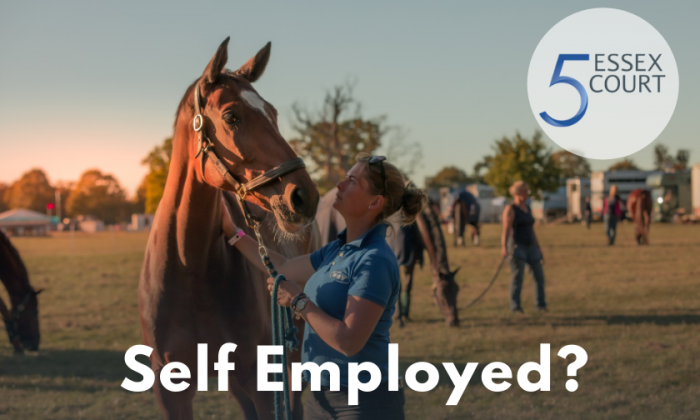
"Employers take note – the recent judgment in Uber v Aslan made it to the Supreme Court and the company’s appeal was unsuccessful – the drivers were held to be workers and therefore entitled to holiday and sick pay.In reality
What about if the groom chooses to be self-employed - What should an employer do?What about a groom who has multiple clients and decides who they work for and when they work?
What about a groom who works for me regularly eg. every morning, but also works for someone else in the afternoon?
Need more support? As an Equestrian Employers Association member you get free access to the 5 Essex Court initial phone consultation helpline.
BLOG ARCHIVE

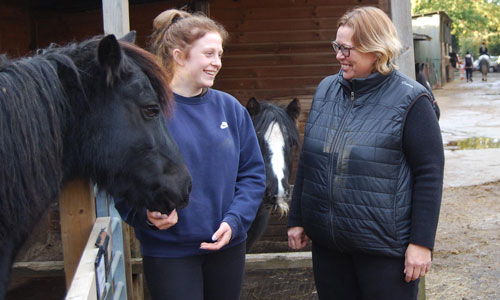















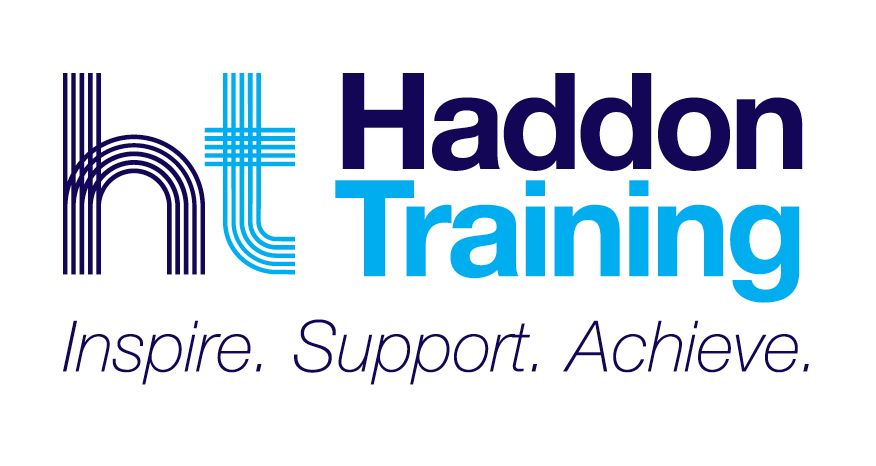
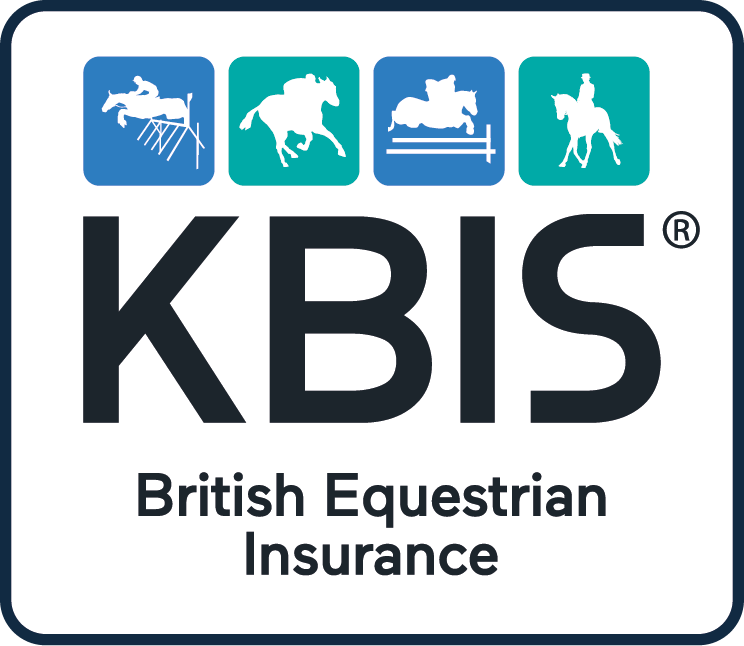



-Small.jpg)

